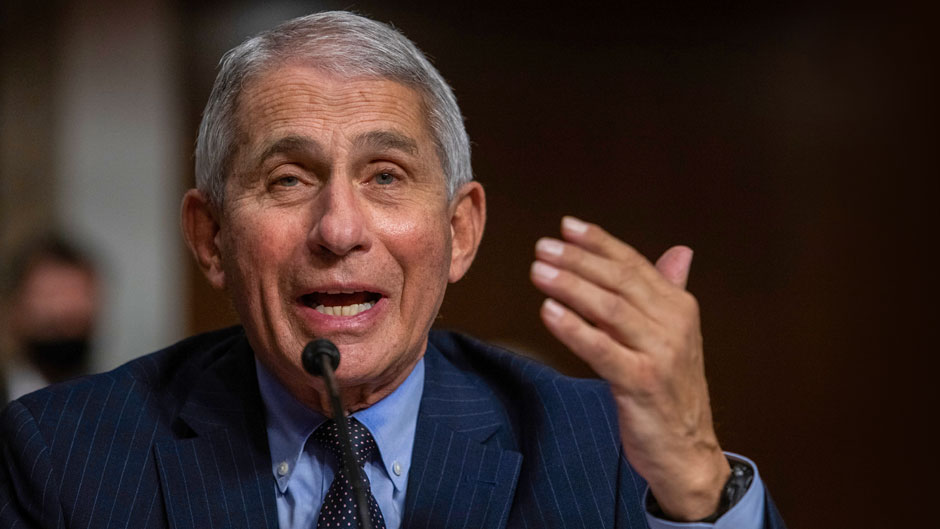Even as COVID-19 cases decline and hospitalizations appear to be leveling off in hard-hit areas of the United States, the death toll from the Omicron variant continues to rise, highlighting the trail of loss that follows every virus outbreak.
Coronavirus deaths reached an 11-month high on Sunday, rising 11% in the previous week when compared to the previous week, according to Reuters.
The 19 fatalities are a lagging indicator, which means that their numbers typically rise a few weeks after new cases and hospitalizations.
The death toll from the Omicron variant has now surpassed the peak of deaths caused by the more severe Delta variant, when the seven-day average peaked at 2,078 on September 23, last year. Omicron is killing an estimated 2,200 people per day, most of whom are unvaccinated.
That is still less than the peak of 3,300 deaths per day during the surge in January 2021, when vaccines were just being invented.
“It will be a while until we see (a) a decrease in death as very sick people with COVID remain hospitalized for a long time,” said Wafaa El-Sadr, a professor of epidemiology and medicine at Columbia University in New York City.
As the number of patients brought in by the apparently less severe but highly infectious variant increased in December and earlier this month, hospital systems from New Jersey to New Mexico buckled, prompting the federal government to send military medical aid to six states.
“More infectious variants tend to run through a population very rapidly,” said El-Sadr in an email. “Even if such new variants cause less severe disease (particularly among those vaccinated and boosted), we will likely still see an increase in hospitalizations and deaths due to vulnerability of unvaccinated and unboosted.”
COVID- In some states, such as Arkansas and North Carolina, 19 hospitalizations are still breaking records. According to Reuters, the national total is now under 147,000, down from a high of 152,746 on January 20.
Cases in the United States have decreased by 12% in the last seven days compared to the previous seven, according to the analysis, prompting some health officials to strike a cautiously optimistic note about the pandemic’s trajectory.
“It’s certainly reached its peak in certain regions of the country,” Dr. Anthony Fauci, the nation’s top infectious disease official, said in an interview with MSNBC on Monday. “I believe that in the next few weeks we will see – as a country – that it is all turning around.”
U.S. COVID-19 Data frequently lags a few days behind the actual state of affairs, creating an imperfect picture.
Positive results from the now-ubiquitous at-home tests are not included in the official case count, and hospitalization counts frequently do not differentiate between patients receiving COVID-19 treatment and others who test positive while in the hospital for other reasons.
On Monday, the World Health Organization (WHO) chief warned that expecting Omicron to signal the end of COVID-19’s most acute phase was dangerous, and urged nations to stay focused in order to beat the pandemic.
The Omicron wave shattered Americans’ hopes for a gradual transition into a post-pandemic reality and re-ignited tensions in schools and workplaces over masking and vaccines, exposing once more the deep political fault lines exposed by the health crisis.
On Sunday, large crowds gathered in Washington, D.C., to protest COVID-19 mandates, with some holding signs reading “people call the shot, not the government.”
Virginia’s new Republican governor, Glenn Youngkin, is facing a lawsuit from seven school boards seeking to overturn his order making masks mandatory in school as of Monday.
A spokesperson for Youngkin, vowing to fight the lawsuit, said on Monday, “We are disappointed that these school boards are ignoring parent’s rights.”

